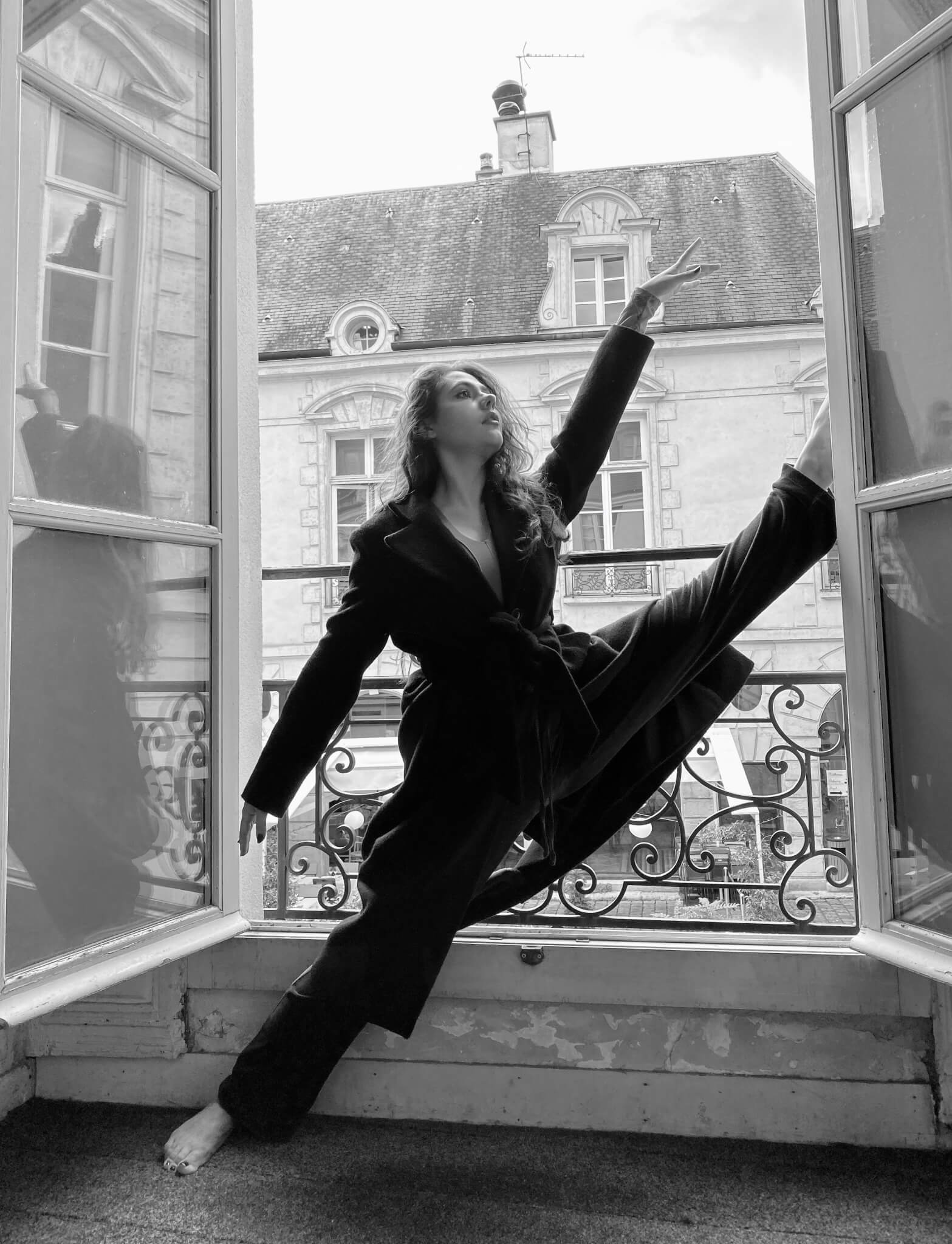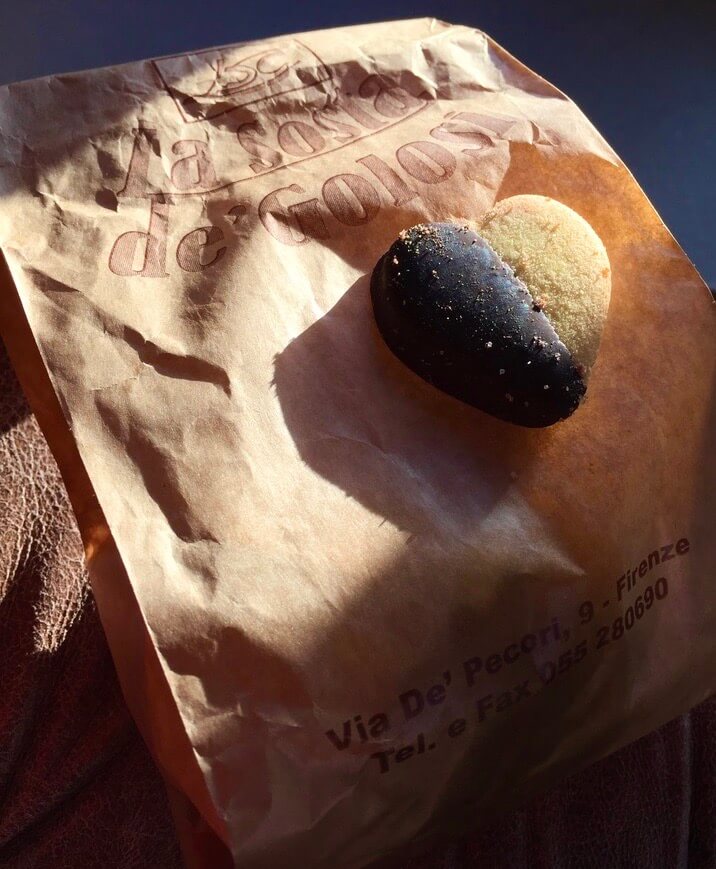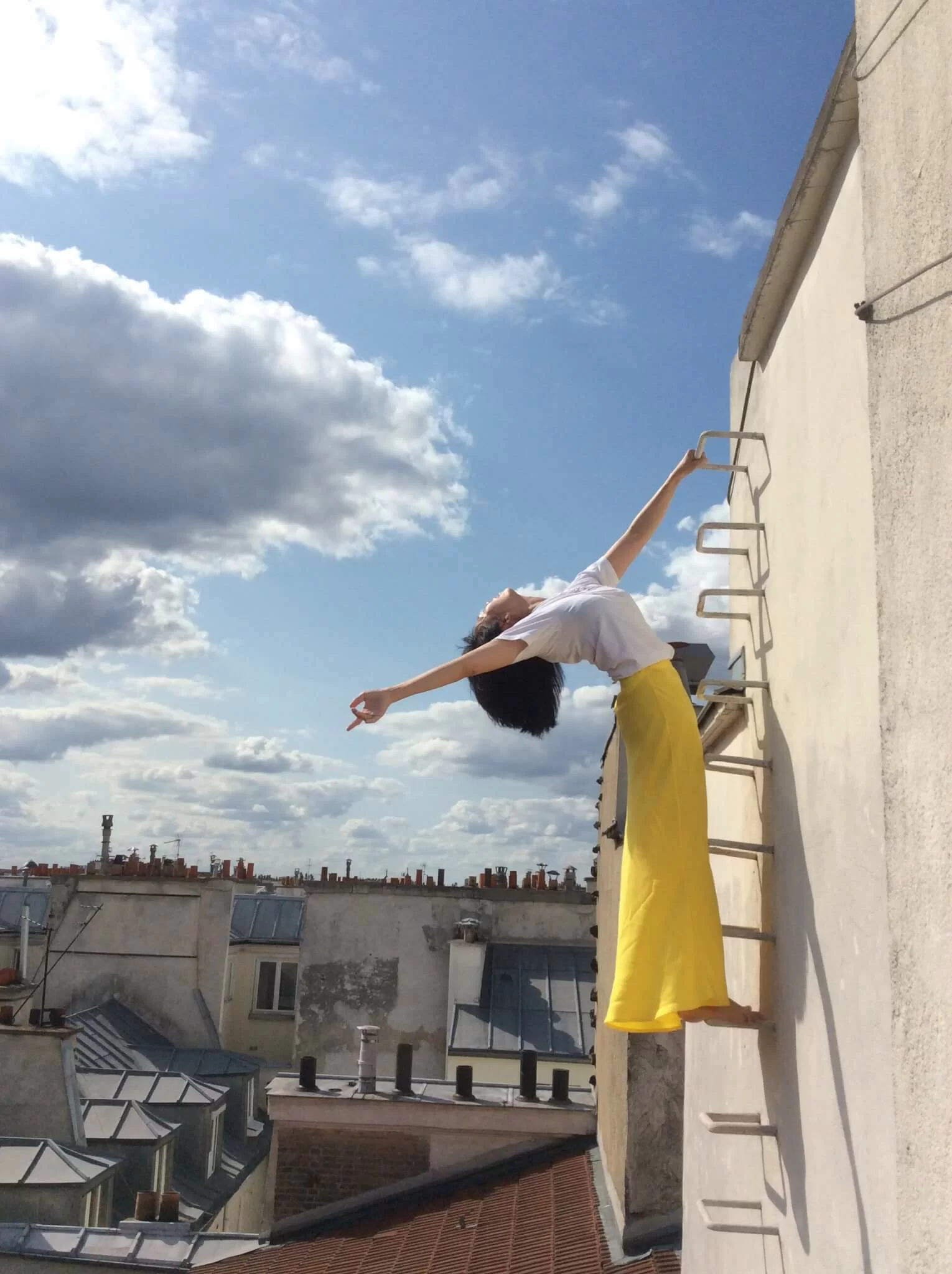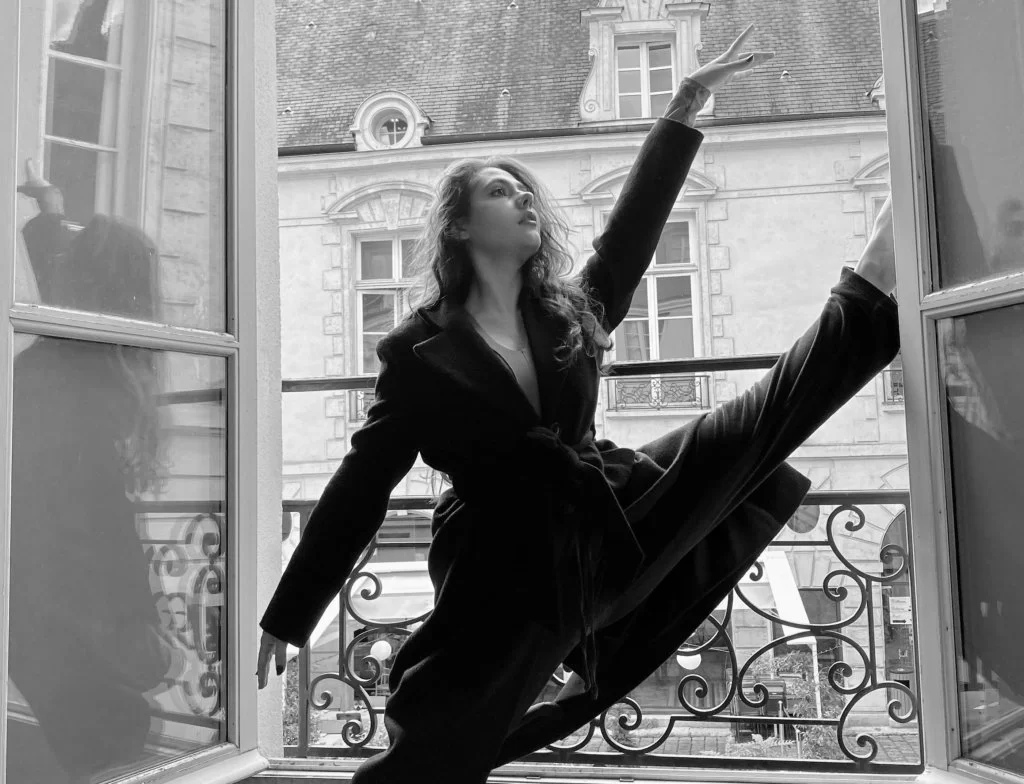
Beautiful Carmen Serrat, 17 years old. Thank you for always cheering me on in class and for trusting in me when we danced together.
At the age of 48, Patsy Lo left a high-powered job with Apple Inc. to take up dance (ballet and contemporary Martha Graham techniques) full-time in Paris. She had never danced before.
______
There is quite a lot of repetition in dance training. In fact, I went through a whole year of doing almost the same exercises everyday. Repetition is used to build strength, precision and, ultimately, perfection. It is through repetition that we build muscle memory so the brain doesn’t have to think about it anymore.
I would go out of breath and sweat bullets even with the most basic and the simplest exercises. Cambré (arched, bending of the body from the waist to the side or back) used to give me cramps in my lower back. When trying to find my balance in passé relevé, my whole body would tremble and lose balance. I would get upset and disappointed whenever that happened. I asked my teacher what I should do and he told me: “Don’t fight the shaking and the trembling. When you feel the shake, shake, shake in your body, accept them. Let your body register the trembling so it would find a way to recalibrate itself. Don’t go to your head and get angry at yourself because your brain wants perfection. Trust your body and its intelligence.”
Like many of us, I used to spend a lot of time sitting. In school, we sit for hours in class, only to go home to sit for more hours to do homework. The sitting continues when we get a job. We sit and look at the computer as if it is our best friend. Sometimes, we don’t even go to the bathroom and continue to sit until we finish writing the last few pages of the presentation. So learning to trust my body was a new concept.
I trusted what the teacher told me and kept at it. It was about nine months into my first year, when one day, I lifted my leg and then there it was — a surprisingly decent développé à la seconde. I suddenly had the right turn out and my leg was higher than 90 degrees, in perfect balance. My body just knew how to do it.

An amazing Marc Chagall painting on the ceiling of the Opéra Garnier (since 1964).
As you might have heard, the truth is, our bodies were not created for prolonged sitting. Sitting makes us forget about the rest of our bodies. We have for a long time given so much importance to cerebral thinking and so little to our body. It’s as if the rest of our body matters less. It’s as if the rest of our body is simply a tool for our brain, our thinking.
Maybe the brain is not the ultimate “control centre”. What if the body is just as intelligent and powerful as the brain? What if memory resides not just in the brain but also in the body? Could it be true that we could expand our potential by connecting with the 30 trillion+ cells that reside in the body?
Whenever I see people dancing, I know that our bodies posses immense power. Dancers communicate so much emotion. They do not do so through their brains. They share powerful emotions through the tip of their toes, their wrists and their muscles — through every inch of their bodies.
In retrospect, there were a couple of pivotal moments in my life that made me believe that the body is at least as important as the brain.
I was once dosed with different medications for my supposedly “mental imbalances”. The psychiatrist told me that for “a better quality of life”, I had to keep taking these different sedatives and antidepressants, which were making me feel worse.
It was then that I met the late Dr Kao, a traditional Chinese medicine practitioner from Hong Kong. He told me something which I would never forget. He said: “Western doctors believe that our emotions are controlled by the brain. So when you suffer emotionally, they give you pills that alter the chemical balances in your brain. In Chinese medicine, we believe that our emotions are intimately linked to the body — in our five organs. When we feel sad or depressed, it’s attributed to a congestion in one or more of our organs. The liver, for example, is where anger sits. Heart is for sadness. The task is to move the congestion and help the body heal itself.”

Love amongst strangers: I received these cookies from Paolo Forti, the owner of a car service who rescued me when I was lost and hungry in the middle of Tuscany. ❤️
Dr Kao gave me free acupuncture sessions and natural herbs every day for two months until I was “cured”. I will always treasure what he did for me and for that, I say, “Thank you, Dr Kao.”
During my recovery period, I also encountered a relatively new form of therapy called somatic therapy*. It is based on the premise that our bodies hold on to past traumas which are reflected in our body language, posture and also expressions. In some cases, past traumas may manifest as physical symptoms like pain, medical and emotional issues, and addictions. Through a safe environment, I was guided to “release” the trauma through my body. It helped me increase my awareness of my body — through bodily sensations, movements, breathing techniques and healing touch. I still use some of these techniques today, on a different level, to help me understand my physical limits and access my emotional intelligence.
I have come to believe that the mind remembers the details of events and can help us in many aspects. What is more subtle and less talked about is what the body actually remembers or stores from our life experiences. And how much intelligence the body posses. Maybe that is why sometimes we cannot just “erase” bad memories from the brain and feel better. Perhaps that is why it is okay to cry, feel angry and sad when we need to. Let the body “flush” out safely the “unpleasant emotions”, so that they do not get cemented into our personality or cause irreparable damages.
Perhaps, we should connect and trust the body more.
“I’ve learned that people will forget what you said, people will forget what you did, but people will never forget how you made them feel.” ~ Maya Angelou
*https://thesomatictherapycenter.com

Patsy Lo is the founder and curator of sml Dance. Originally from Hong Kong, Patsy worked in marketing for more than 20 years globally. At 48, she left Apple Inc. after working for the American tech giant in various cities to become a full-time dance student in Paris, France. She still lives in Paris, practising ballet and contemporary Graham technique. Besides dancing more than 20 hours every week, she is also the founder of sml (@sml_dance on Instagram), which curates dance performances. The aim of the company is three fold, make dance more accessible, provide a bridge for choreographers and dancers to cross platforms, and ultimately, inspire people to reconnect within themselves and feel, move and expand more.







